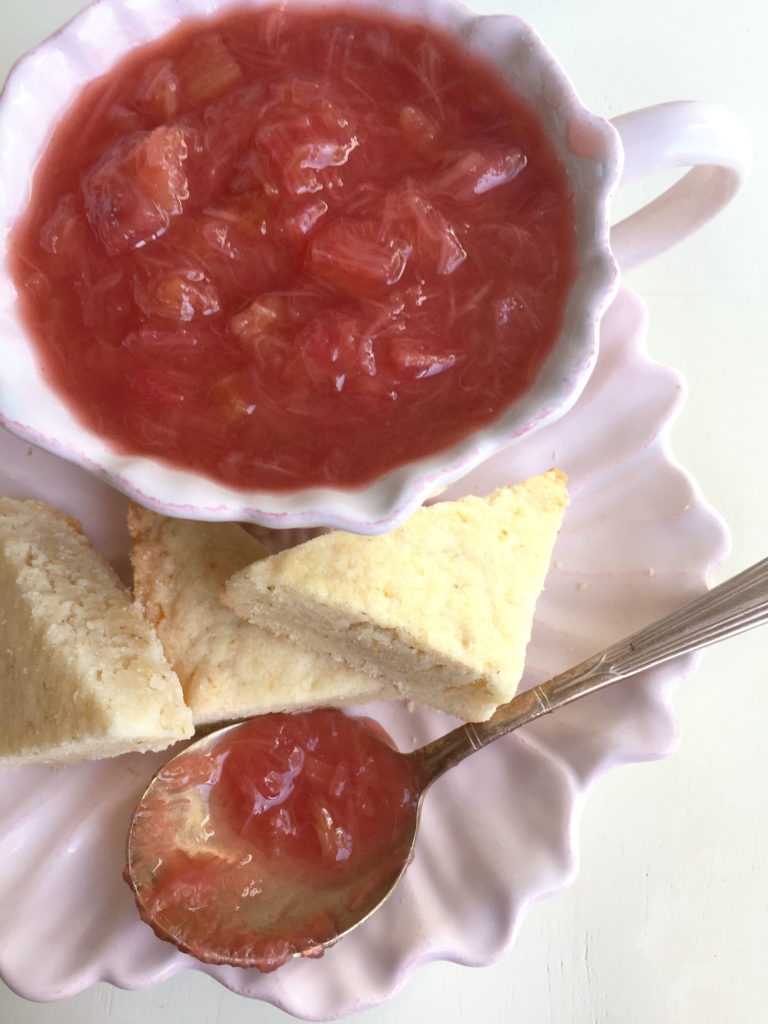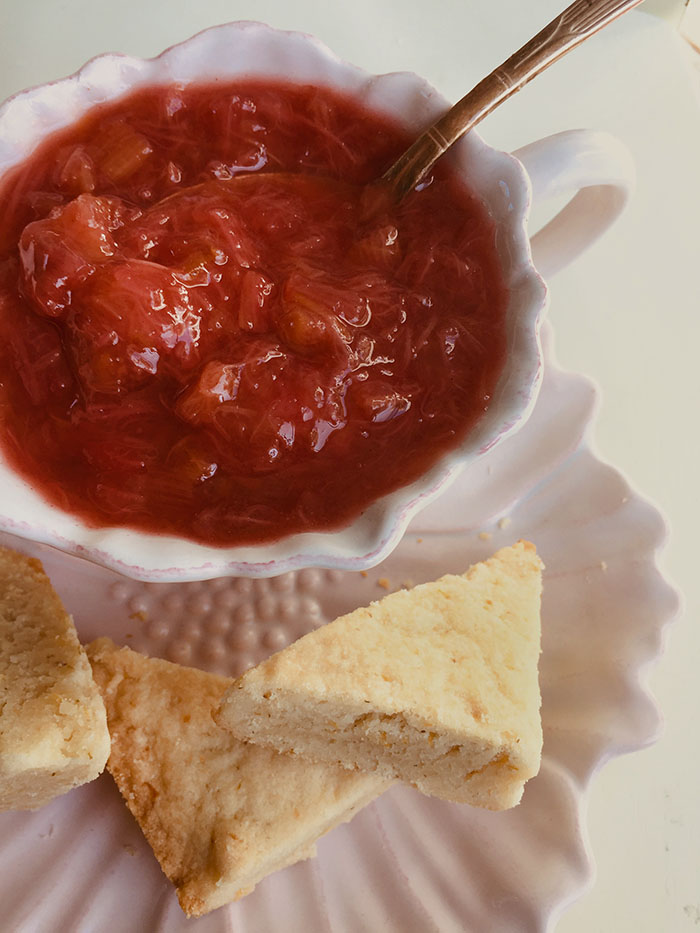
Of all the things my mother loved, high on her list was (of all things!) rhubarb. She grew the stuff herself ( of course), and the huge plants seemed to inhabit a planetary space of their own in the garden. The long pinkish-red stalks, the dark-green, flouncing elephant ear-sized leaves, seemed to dwarf me in my early memories of them.
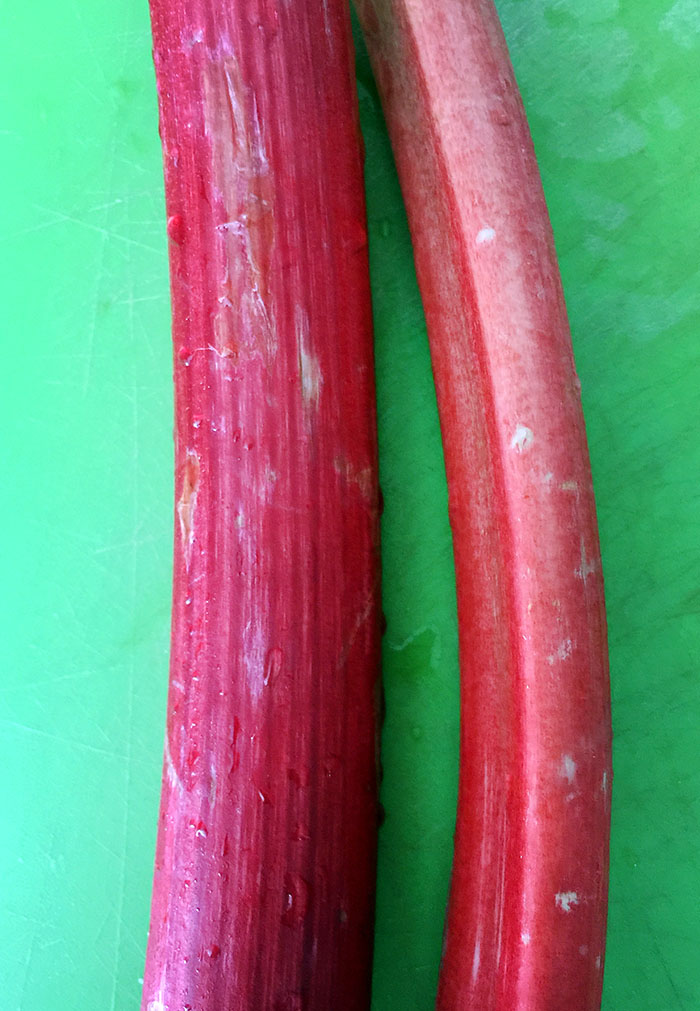
[T]he arrival of rhubarb — along with the domestic asparagus spears she also cultivated and the wild morel mushrooms we hunted in the Kansas timber — heralded spring. My mom seemed to have a salivary obsession with rhubarb, her mouth watering even as she anticipated it. She cooked large pots of the chopped stalks — with just a little water, ample sugar and maybe a pinch of cinnamon — down to a sumptuous pink pulp that she gleefully ate, slurping, by the bowlful. She called it “spring tonic,†as her mother did. There were nights where, alone at the kitchen table (save for a dog snoozing on her foot), she made a bedtime snack of the last of the tart tonic in the pot, hunched over it in focused rhubarb rapture
Sometimes, there was such a bounty, she sacrificed some of the stewed rhubarb to plastic bags that went into the deep freezer to be unearthed some fall or winter day as a spring remembrance — or hope. Other times, she turned the rhubarb into jars of tart jam or maybe made a “pure-D†rhubarb pie. She wasn’t one to combine it with strawberries — in anything. It was rhubarb’s unique singular tartness that she craved.
[T]his spring has me thinking of rhubarb and my mother, as I live out my first spring without her. As a child, I was not as much of a fan of my mother’s rhubarb “tonic,†as she was. Something about it was a little too “goopy†and tart for the tastes of a finicky youngster. But I have come to appreciate the nature, taste and nuance of this garden symbol of spring.
A month ago, after reading a recipe for Rhubarb Compote from gardening and cookery writer Ruth Isabel Ross in her delightful book, “A Year in an Irish Garden†(A & A Farmar: 1999), something sensory was triggered, a spring fever urging me to seek out rhubarb and coax some sort of comforting pink elixir from it.
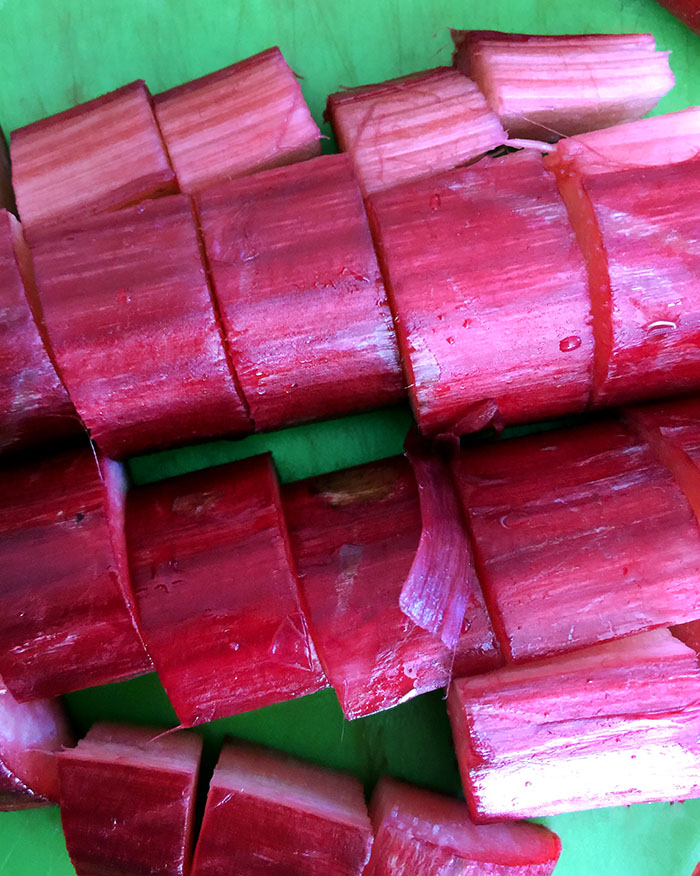
[A] local grocery sold some in banded pairs of weighty, healthy-looking stalks. Cutting it into more manageable pieces, I was reminded of the unlikeliness of this woody, stringy creature (a “fruit†posing as a vegetable) becoming a soft, sweet delicacy, the base of so many desserts. Who first discovered this? Rhubarb has long been cultivated and highly popular in Great Britain, where it even shows up as the fruity gem in the bottom of containers of yogurt (I was lucky enough to have some when I visited Ireland). Reading a little more about rhubarb, I learned the tonic side of it — aside from a high fiber content, it is also full of Vitamin K1, helpful for blood clotting and bone health.
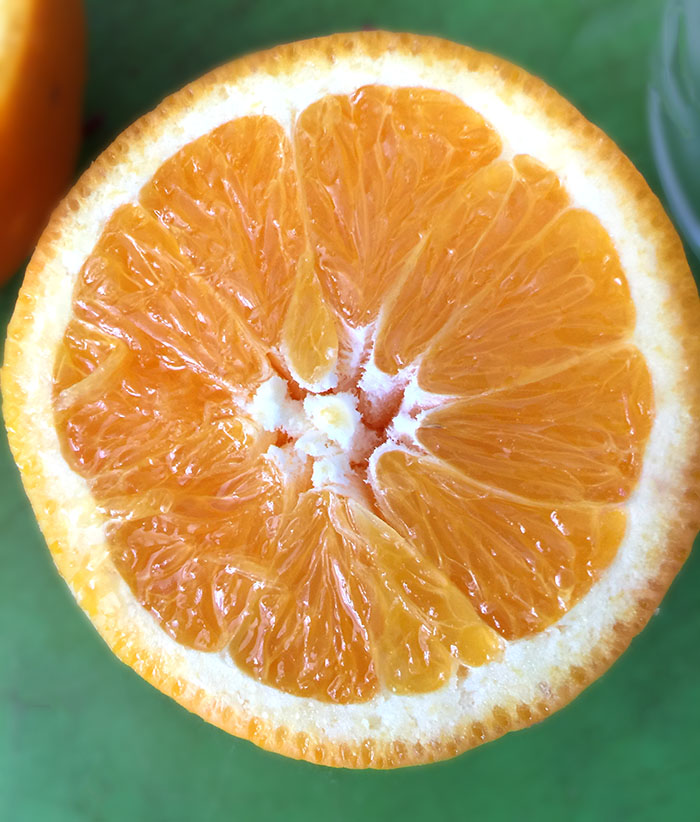
[W]hile I wanted to honor my mom’s status as a rhubarb purist, using no other fruit enhancement, I could not resist Ross’s recipe’s suggestion that stewed rhubarb is “always improved by orange juice.†But, as a nod to my mother, I added just a whiff of cinnamon (along with water and sugar), too.

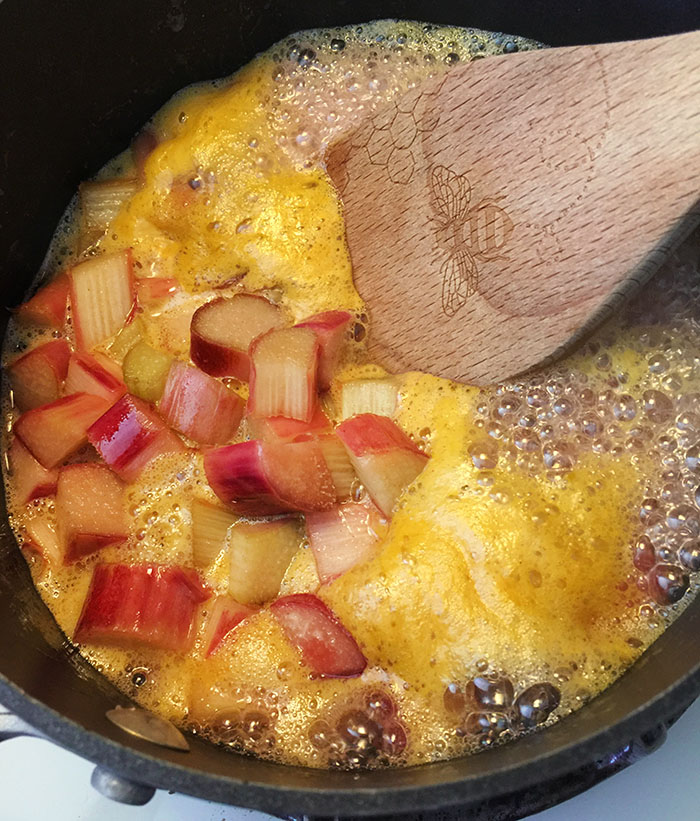
[C]ooking the rhubarb (was this my first time cooking rhubarb? I’d seen it so many times in the pot in my mother’s kitchen, I felt I’d made it myself), I understood the appeal of such an efficiently easy means to an end. Within a few minutes, the rhubarb’s sharp crispness cooked to something downy that was the rosy golden-pink of a morning sky, soft and tender but still textured, an aroma of floral tartness steaming from the pan.
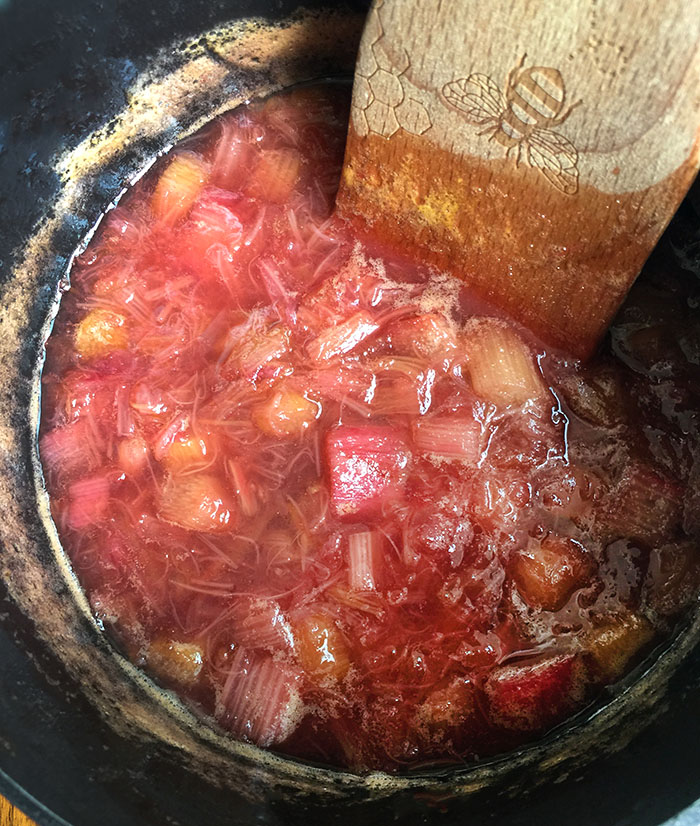
[T]he rhubarb did as rhubarb does, forming its own thick “pudding†with just a little nudging. One finger dipped into the warmth to taste sent me reeling with sense memory, overcome with just how very good its tart-sweetness was, better than I remembered. The added orange juice was subtle and only supported the flavor.
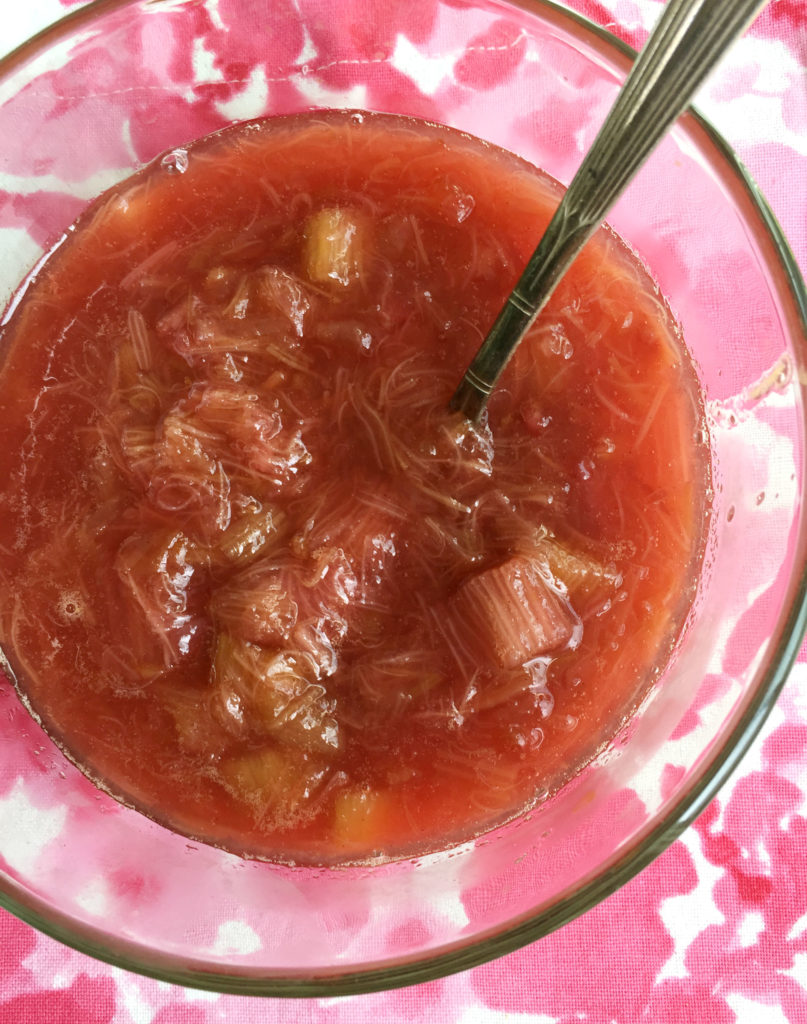
[W]e used to have our mother’s stewed rhubarb with child-alluring accompaniments, such as ice cream or Cool Whip, or slathered over yellow cake. I savored this compote with a side a buttery shortbread (more on this later). The cookies’ salty notes complemented the rhubarb nicely. But I could hear my mother saying that the only thing she needed to eat it with — and sometimes, not, when she lifted the bowl straight to her lips — was a spoon.
Rhubarb Compote
From “A Year in an Irish Gardenâ€
by Ruth Isabel Ross (A & A Farmar; 1999)
Serves 4
- 2 tablespoons water
- 2/3 to 1 cup sugar, white or brown according to taste
- Juice of 1 orange
- 1 pound rhubarb, cut into 1/2-inch pieces
Bring the water, sugar and orange juice to the boil; simmer it gently until the sugar is dissolved, stirring constantly.
Add the rhubarb pieces and bring to the simmering point again.
Young rhubarb will soften if moved off direct heat to a warm part of the stove; older fruit will need gentle simmering.Test it constantly; it easily disintegrates. The rhubarb is ready when it is tender but still holding its shape.
Serve warm with pouring cream.
